
In this lesson, students construct a table of logarithms base 10 and observe patterns that indicate properties of logarithms.
- Subject:
- Math 3
- Mathematics
- Material Type:
- Lesson Plan
- Provider:
- EngageNY
- Author:
- EngageNY
- Date Added:
- 04/04/2014

In this lesson, students construct a table of logarithms base 10 and observe patterns that indicate properties of logarithms.
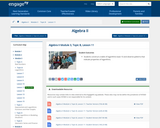
In this lesson, students construct a table of logarithms base 10 and observe patterns that indicate properties of logarithms.
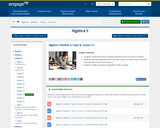
In this lesson, students understand how to change logarithms from one base to another. Students calculate logarithms with any base using a calculator that computes only logarithms base 10 and base ??. Students justify properties of logarithms with any base.

In this lesson, students differentiate between a population and a sample. Students differentiate between a population characteristic and a sample statistic. Students recognize statistical questions that are answered by estimating a population mean or a population proportion.
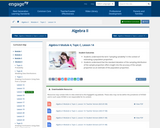
In this lesson, students distinguish between observational studies, surveys, and experiments. Students explain why random selection is an important consideration in observational studies and surveys and why random assignment is an important consideration in experiments. Students recognize when it is reasonable to generalize the results of an observational study or survey to some larger population and when it is reasonable to reach a cause-and-effect conclusion about the relationship between two variables.

Students use logarithm tables to calculate products and quotients of multi-digit numbers without technology. Students understand that logarithms were developed to speed up arithmetic calculations by reducing multiplication and division to the simpler operations of addition and subtraction. Students solve logarithmic equations of the form log(??) = log(??) by equating ?? and ??.
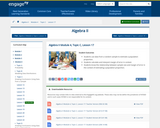
In this lesson, students use data from a random sample to estimate a population proportion. Students calculate and interpret margin of error in context. Students know the relationship between sample size and margin of error in the context of estimating a population proportion.
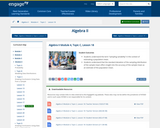
In this lesson, students understand the term sampling variability in the context of estimating a population mean. Students understand that the standard deviation of the sampling distribution of the sample mean offers insight into the accuracy of the sample mean as an estimate of the population mean.
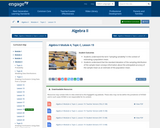
In this lesson, students understand the term sampling variability in the context of estimating a population mean. Students understand that the standard deviation of the sampling distribution of the sample mean conveys information about the anticipated accuracy of the sample mean as an estimate of the population mean.

In this lesson, students review and practice applying the properties of exponents for integer exponents. Students model a real-world scenario involving exponential growth and decay.
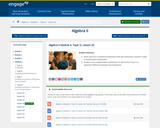
Given data from a statistical experiment with two treatments, students create a randomization distribution. Students use a randomization distribution to determine if there is a significant difference between two
treatments.
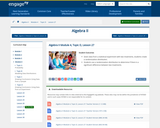
Given data from a statistical experiment with two treatments, students create a randomization distribution. Students use a randomization distribution to determine if there is a significant difference between two treatments.
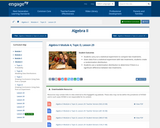
In this lesson, students carry out a statistical experiment to compare two treatments. Given data from a statistical experiment with two treatments, students create a randomization distribution. Students use a randomization distribution to determine if there is a significant difference between two
treatments.
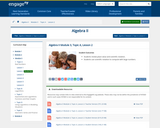
In this lesson, students review place value and scientific notation. Students use scientific notation to compute with large numbers.
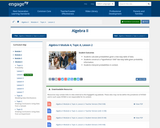
In this lesson, students calculate probabilities given a two-way table of data. Students construct a hypothetical 1000 two-way table given probability information. Students interpret probabilities in context.
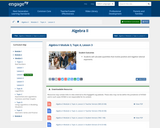
In this lesson, students calculate quantities that involve positive and negative rational exponents.

In this lesson, students use a hypothetical 1,000 two-way table to calculate probabilities of events. Students calculate conditional probabilities given a two-way data table or using a hypothetical 1,000 two-way table. Students use two-way tables (data tables or hypothetical 1,000 two-way tables) to determine if two events are independent. Students interpret probabilities, including conditional probabilities, in context.
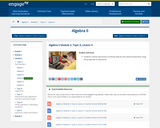
In this lesson, students rewrite expressions involving radicals and rational exponents using the properties of exponents.
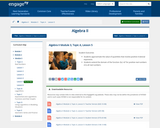
In this lesson, students approximate the value of quantities that involve positive irrational exponents.Students extend the domain of the function ??(??) = ??^?? for positive real numbers ?? to all real numbers.
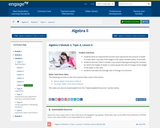
In this lesson, students write an exponential function that represents the amount of water in a tank after ?? seconds if the height of the water doubles every 10 seconds. Students discover Euler’s number ?? by numerically approaching the constant for which the height of water in a tank equals the rate of change of the height of the water in the tank. Students calculate the average rate of change of a function.